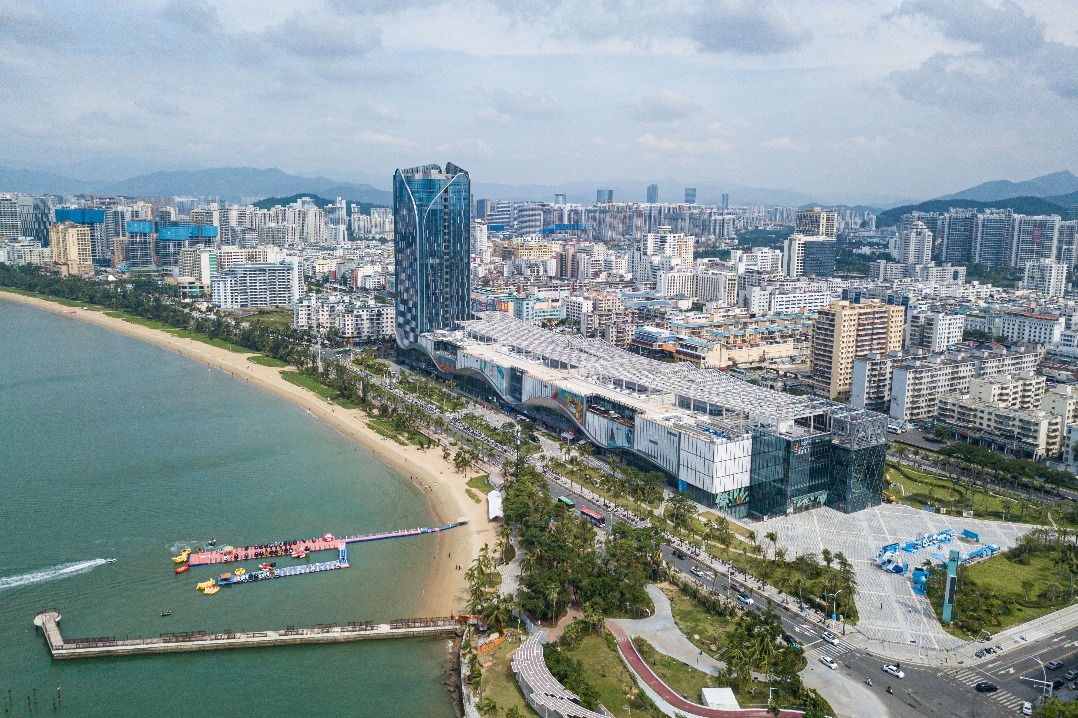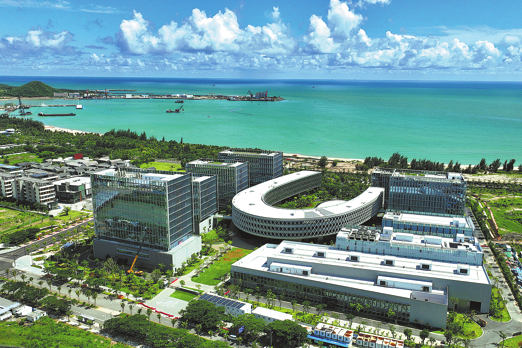Resolving vital issues will foster HK's development

Zhou Bajun explains why the real cure for HK's very high land and housing prices lies in a more rapid structural reform of the economy
The Census and Statistics Department on Nov 27 published the Hong Kong 2016 Population By-census which, for the first time, includes per capita floor area of accommodation.
The number of residential units in Hong Kong increased from 2.23 million in 2006 to 2.53 million last year; the average number of residents per 1,000 units decreased from 3,084 in 2006 to 2,904 last year. About 46 percent of households now live in rented apartments. The proportion of households in public housing units has dropped from 31 percent in 2006 to 30.4 percent last year. The number of households living in premises such as a room, cockloft or bedspace fell by three-quarters in a decade - from 21,966 in 2006 to 5,269 last year. These figures show housing conditions in Hong Kong have improved over the past 10 years. However, Hong Kong's per capita floor space of accommodation is only 161 square feet. This is much smaller than their counterparts' on the Chinese mainland (381 square feet) and Singapore (323 square feet).

The 2016 Population By-census also showed 82.2 percent of households in Hong Kong live in residential quarters sized from 215 to 753 square feet. More than 40 percent of single people or couples occupy floor space from 215 to 430 square feet. Moreover, about 8 percent of households live in places smaller than 215 square feet; some 336 households of four or five are crammed into housing spaces smaller than 75 square feet. The per capita floor space of households living in private residential units is about 194 square feet; households in public housing units have about 124 square feet per capita.
I believe the Census and Statistics Department included floor space of accommodation in previous censuses but I am not sure why it chose to release the figures now. Such statistics will no doubt help society see how pressing an issue housing space is and find the right solution to resolve it.
Past housing statistics overwhelmingly focused on the short supply of land for housing development and soaring property prices. What is especially prominent is that now public housing applicants have to wait longer to move in; more better-educated young people are applying for public housing than before. Today, verified statistical data reveals that even those Hong Kong residents who already have a roof over their heads live in smaller dwellings than their counterparts on the mainland and Singapore - on average. That is why, in order to resolve the deeper structural problems of the Hong Kong property market, it must not only increase land supply in the foreseeable future to bring housing prices down but also meet the demand for residential housing, especially from the young people by shortening the wait for public housing and expanding per capita floor space for accommodation at the same time. This will ensure the city's average per capita floor space of accommodation will catch up with that on the mainland and Singapore sooner rather than later. In short, Hong Kong must now aim at two "increases" instead of one.
There is no question the fourth-term special administrative region government tried really hard to significantly increase land supply for residential housing development in the past five years but without much success. It is widely agreed that the fourth-term SAR government's efforts need more time to materialize. However, this opinion has overlooked the structural defect that makes it much easier for Hong Kong's land and housing prices to rise than fall. As long as there is not enough effort to bring land and housing prices down to a reasonable level, Hong Kong won't be able to meet the growing demand for affordable housing even if it manages to put significantly more units on the free market.
Now, what is the reasonable level of land and housing price? It depends on Hong Kong residents' ability to buy or rent housing units. The latter must be determined by continuously increasing per capita floor space of accommodation and average income of local residents.
Practices in the past five years showed "tough measures" such as extra stamp duty and sales tax by the government alone are not enough to bring land and housing prices down. Even if Hong Kong raises interest rates next year it won't be enough to lower residential prices to a reasonable level. The real cure for Hong Kong's soaring land and housing prices lies in faster structural transformation of the economy, which would help reduce the share of the property sector in the economy and the government's over-dependence on land sales as a source of revenue.
That is why Hong Kong needs to quicken the pace of building up an innovation and technology industry and readjust its industrial structure while doing its best to achieve the "two targets" mentioned above. Those are the "ultimate" approaches to maintaining Hong Kong's economic development.
For such efforts to produce results, quantitative goals are necessary. The SAR government has already set out quantitative goals for the waiting period of public housing applicants. Now it should also set quantitative goals for per capita floor space of accommodation in addition to the need to bring land and housing prices down to a reasonable level. Let no one assume quantitative goals mean a "planned economy" by any stretch of the imagination. This is why they are common everywhere.
(HK Edition 12/06/2017 page6)
Today's Top News
- China to continue anti-dumping duties on EPDM imports
- Trump says war with Venezuela remains possible -- NBC News
- China urges Japan to stop challenging intl bottom line with its nuclear ambitions
- US arms sales to Taiwan a dangerous gambit: Editorial flash
- Taiwan opposition lawmakers announce plan to impeach Lai Ching-te
- Boosting consumption will be key in 2026






























